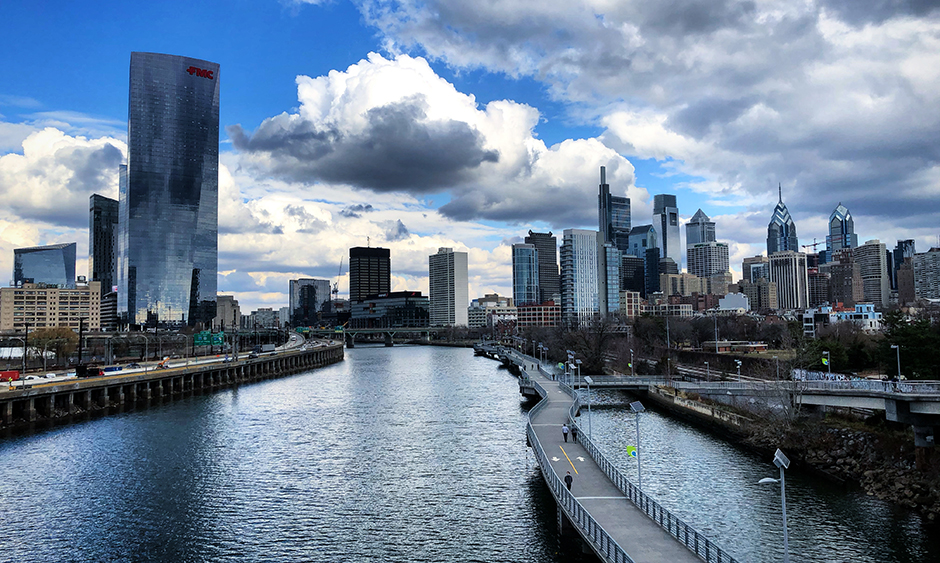
May 20, 2024
This is the third in a series of informational articles about the Transportation Improvement Program, or “TIP.”
The Transportation Improvement Program (TIP) is funded by a variety of sources. The major funding source for the TIP is the U.S. Department of Transportation’s Federal Highway Administration (FHWA) and Federal Transit Administration (FTA), as provided by the Infrastructure Investment and Jobs Act/Bipartisan Infrastructure Law (IIJA/BIL). This legislation provides funding for the federal surface transportation programs for highways, highway safety, and transit, among other infrastructure systems.
There are different federal funding sources and eligibility requirements for projects overseen by FHWA and FTA. FTA-funded projects focus on improvements to local public transit systems, including buses, subways, light rail, commuter rail, trolleys, and ferries. While FHWA-funded projects include highway and other road improvements, they also include bicycle and pedestrian projects, bridge repairs and replacements, projects to enhance access to public transportation or freight movements, and more. The DVRPC region benefits from a well-developed transportation network, and approximately half of our regional TIP funds go toward transit projects and programs, while the other half are FHWA-funded multimodal projects. This funding breakdown is a result of how transportation dollars are allocated by the federal government, based on factors including regional population and specific transportation assets and needs.
In addition to federal funds, states contribute to TIP funding. For example, the Commonwealth of Pennsylvania matches federal funding in varying ratios, up to providing 100 percent financing for selected projects. Projects funded solely with state transportation dollars are not always shown on the TIP since it is a federal funding document. Local counties, municipalities, private developers, toll authorities, and transit operators might also provide matching funds for federal aid. New funding sources and innovative funding approaches are constantly being sought.
This is the third in a series of informational articles about the Transportation Improvement Program, or “TIP.” Check out the previous articles in the series, “What is the TIP?” and “How Does a Project Get on the TIP?,” and look for more articles in the future on public participation, funding to the region, and highlights from this year’s Pennsylvania TIP update.